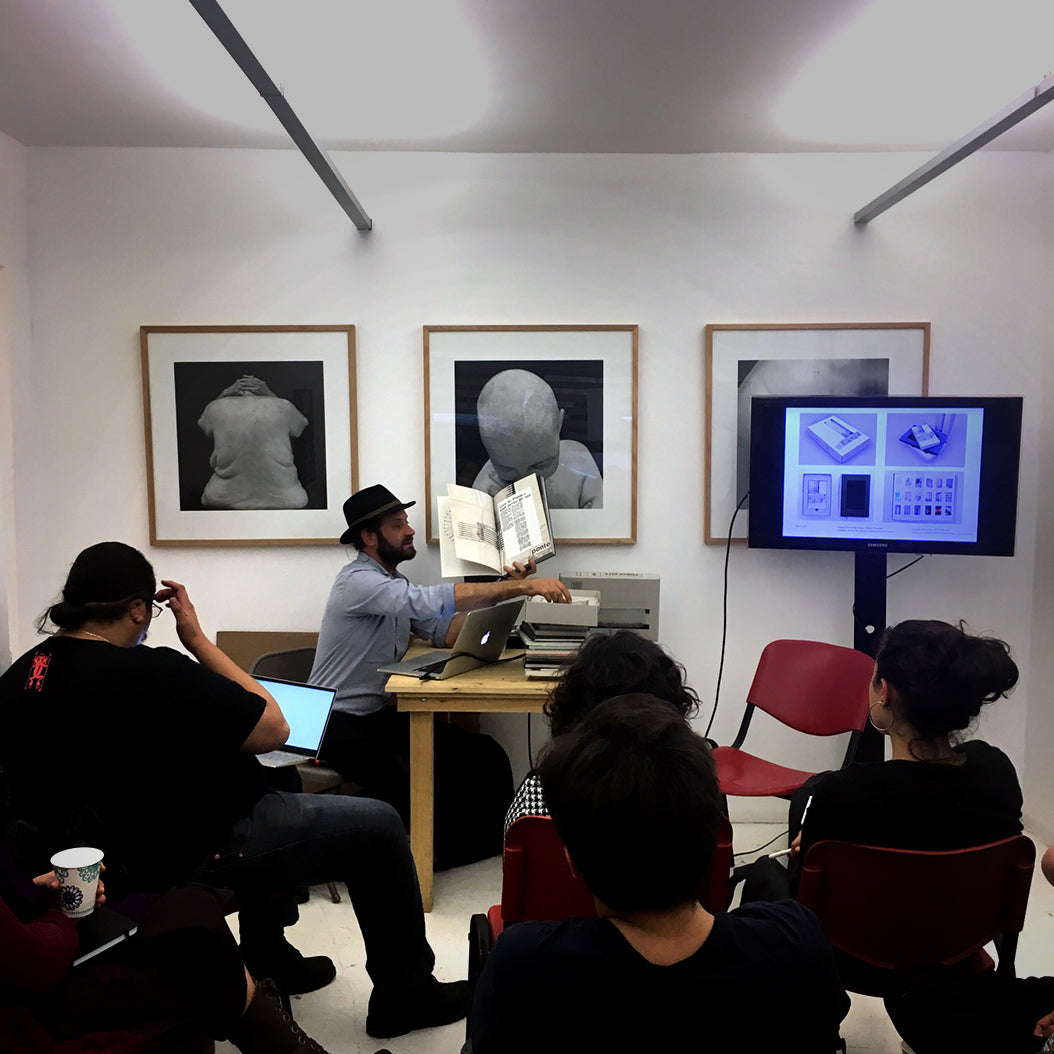INVENCIONES DEL CUERPO
NUEVAS FECHAS: 22 de septiembre al 10 de noviembre 2022
Más allá de sus imperativos biológicos y de las contingencias inherentes a su estar en el mundo, el cuerpo exige inventarse a diario: en imagen.
Si cada época promueve un cuerpo ideal e insiste en un catálogo de anatemas corporales, es de cara a ellos que cada quien va inventando la imagen de su cuerpo, esa imagen singular y dinámica con que se reconoce a sí y se presenta al prójimo.
El arte concentra la tensión entre la aceptación del ideal y su negación, entre la aprobación de los anatemas y su rechazo, entre la sumisión y la rebeldía ante el estereotipo.
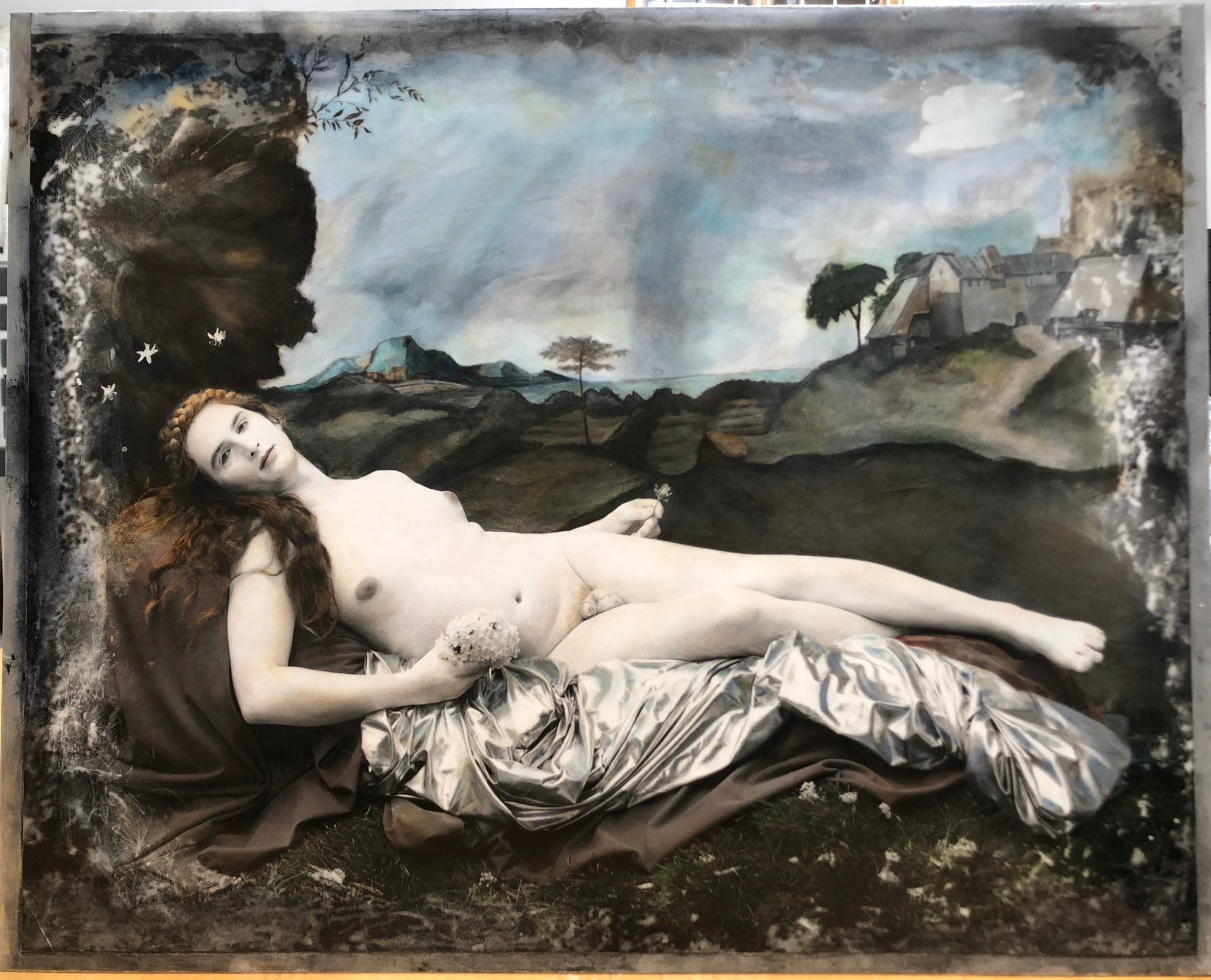
Joel Peter Witkin
PROGRAMA
i. revisión teórica
•Sesión I. El cuerpo metafórico
El cuerpo del ser humano es único y siempre el mismo, a la vez que es tan distinto según la época en la que se desarrolla y la cultura en la que se desenvuelve. El primero es el cuerpo biológico y el segundo es el cuerpo metafórico, dos cuerpos indivisibles como las dos caras de una misma moneda. El cuerpo biológico viene determinado por su genética; el cuerpo metafórico es pura invención.
• Sesión II. La invención de la histeria.
Hospital de la Salpêtrière, París, décadas de 1870 y 1880. La colaboración entre el célebre neurólogo Jean-Martin Charcot y los fotógrafos Paul Régnard y Albert Londe deriva en la configuración de una nueva entidad nosológica: la histeria. El análisis de la iconografía correspondiente permite comprobar que, en pos de esa invención, las internas mismas fueron cómplices esenciales.
•Sesión III• La invención del orgasmo femenino.
Del poético orgasmo de Hedy Lamarr en Éxtasis (1933) al divertido orgasmo de Meg Ryan en Cuando Harry conoció a Sally (1989), pasando por los implacables orgasmos de Jane Fonda en Barbarella (1968) y la disparatada premisa de los orgasmos de Linda Lovelace en Garganta profunda (1972), esta breve y explosiva función corporal ha sido inventada y vuelta a reinventar. Desmontando las imágenes que lo han configurado alternativamente como mito, vergüenza, fingimiento, motivo de amputaciones, misterio insondable, tal vez es posible propiciar una imagen del orgasmo femenino en cuanto a sí mismo.
•Sesión IV • La invención de la intimidad.
Tulsa, Boston, Nueva York, décadas de 1970 y 1980. Dos fótografos, Larry Clark y Nan Goldin, retratan la vida al interior de su respectivo grupo de amigos, esa nueva familia que han escogido y que les ha escogido a ellos, su tribu. Solo alguien metido hasta la médula, como es el caso de ambos, podía haber retratado de manera tan cercana y honesta una intimidad de otra manera oculta a la mirada convencional de la sociedad estadounidense de la época. Exploran, indagan, se buscan a sí mismos, inventan su propio cuerpo observando con mirada empática las vidas y los cuerpos que pueblan su entorno.
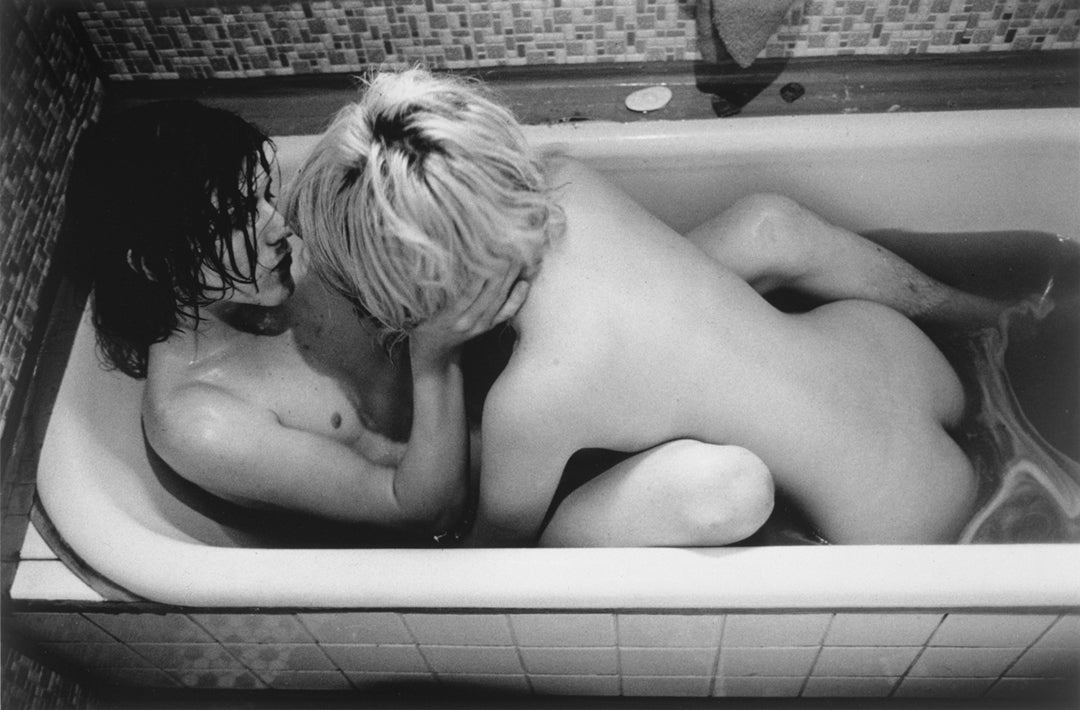
Larry Sultan, Teenage Lust
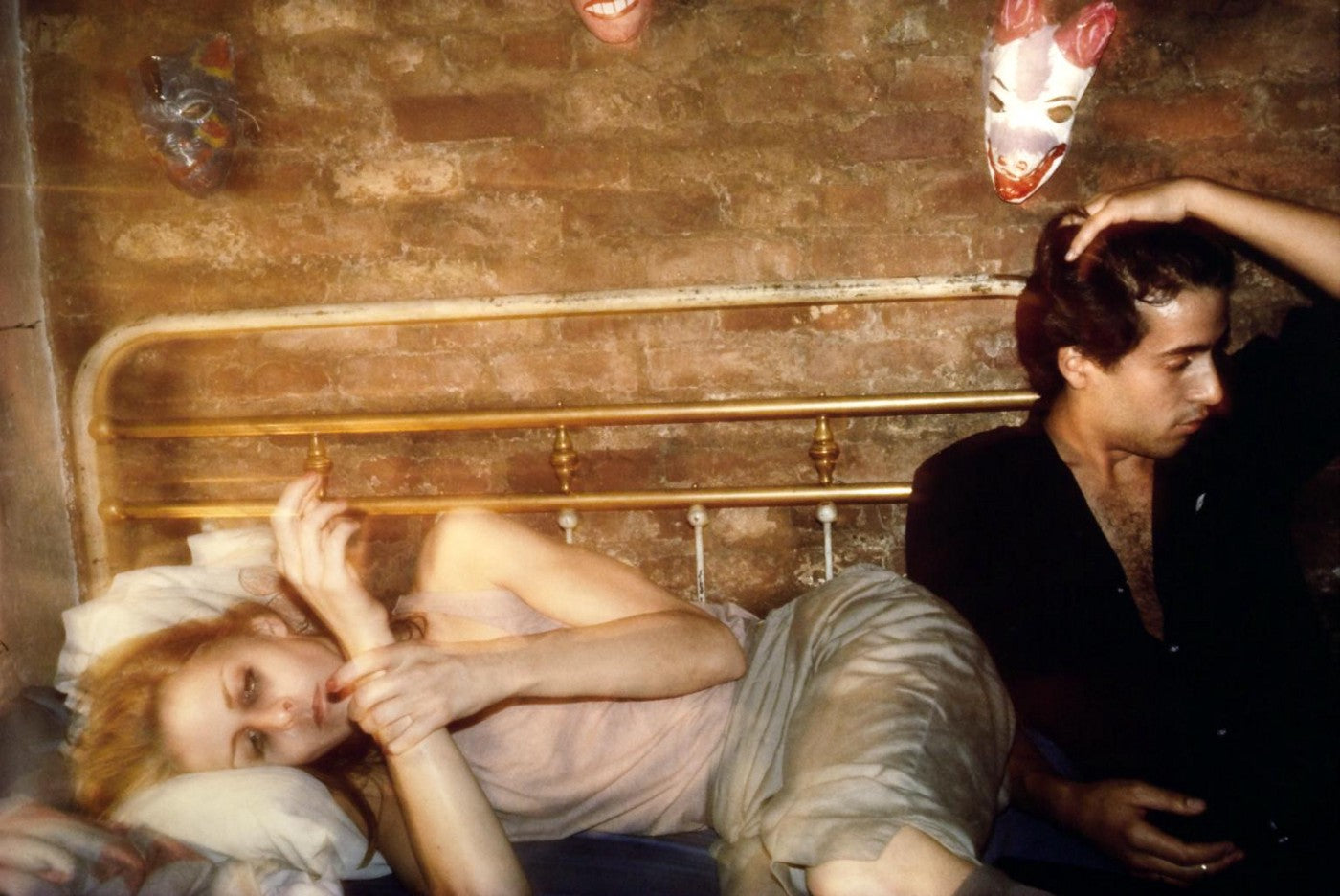
Nan Goldin, The ballad of sexual dependency
• Sesión V • La invención del cuerpo trans.
Desde tiempo inmemorial hay rastros del cuerpo trans, ese cuerpo dislocado en qué se funden los polos sexuales y los géneros, un cuerpo que es a la vez hombre y mujer y que por tanto no es ni el uno ni la otra. Una revisión de las múltiples formas que ha adoptado este cuerpo de naturaleza transgresora permitirá analizar las estrategias visuales, las motivaciones y las consecuencias de esta persistente invención, que recorre los arcos que van de la deidad creadora al tratamiento hormonal, del accidente genético a la piel de látex, de la monstruosidad a la pasarela de modas, de la perversión a la defensa de los derechos sexuales.
• Sesión VI • La invención del cadáver
Es posible que el ser humano haya surgido como tal a partir de su cadáver. A partir de lo que le hace a su cadáver. Algo en él le impide abandonar el cuerpo muerto, desampararlo, dejarlo a la intemperie, cederlo tal cual a la crueldad del tiempo. Cuida los despojos mortales, los procesa, los resguarda, los hace humo, les prescribe liturgias y rituales, los convierte en metáfora. Transfiere al cuerpo inerte las facultades, necesidades y deseos de la carne viva, y lo echa a viajar: lo hace cruzar ríos y montañas, lo lleva a las profundidades de la tierra, lo proyecta a los cielos. Dibuja el cadáver, lo pinta, lo fotografía, lo filma, lo publica, lo vuelve literatura: lo inventa, incesantemente.
•Sesión VII • La invención del cuerpo desaparecido.
Hay pocas cosas tan inquietantes como la desaparición de una persona. ¿Está viva y simplemente se fugó o se perdió en las inmensidades del mundo? ¿Fue secuestrada? ¿Yace muerta en algún lugar sin nombre? La búsqueda comienza por conformar la identidad de la persona desaparecida, por inventar su cuerpo: la media filiación y el retrato hablado de la ficha criminalística, la fotografía que se hace llegar a los medios de comunicación, el video que circula en redes sociales, los carteles pegados con engrudo, los volantes, las pancartas de protesta, una obra de arte. Mientras permanezca desaparecido es un cuerpo etéreo, fantasmal, hipotético, una pura idea.
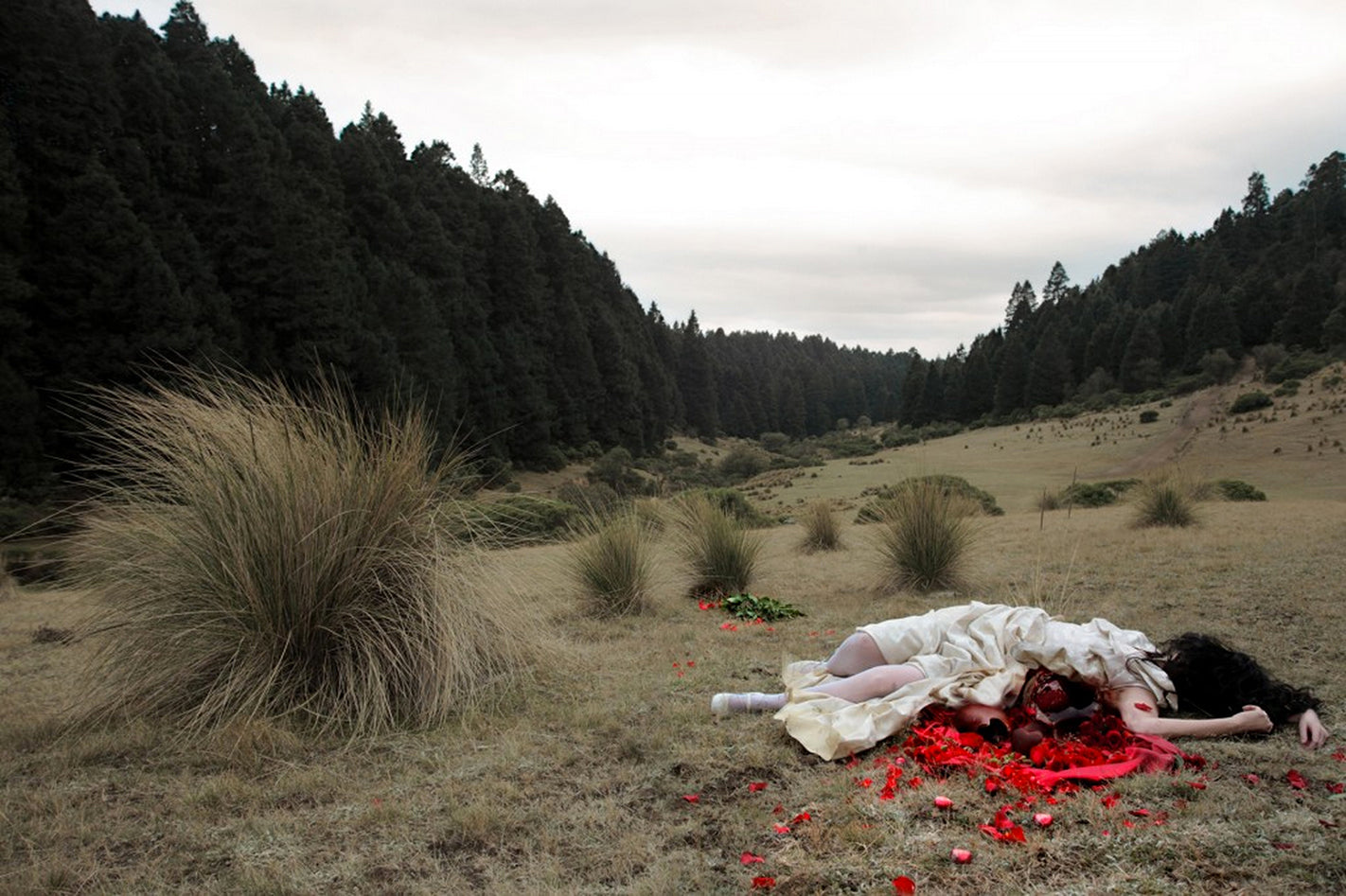
Daniela Edburg, February 14th, de ‘The remains of the day’, 2007
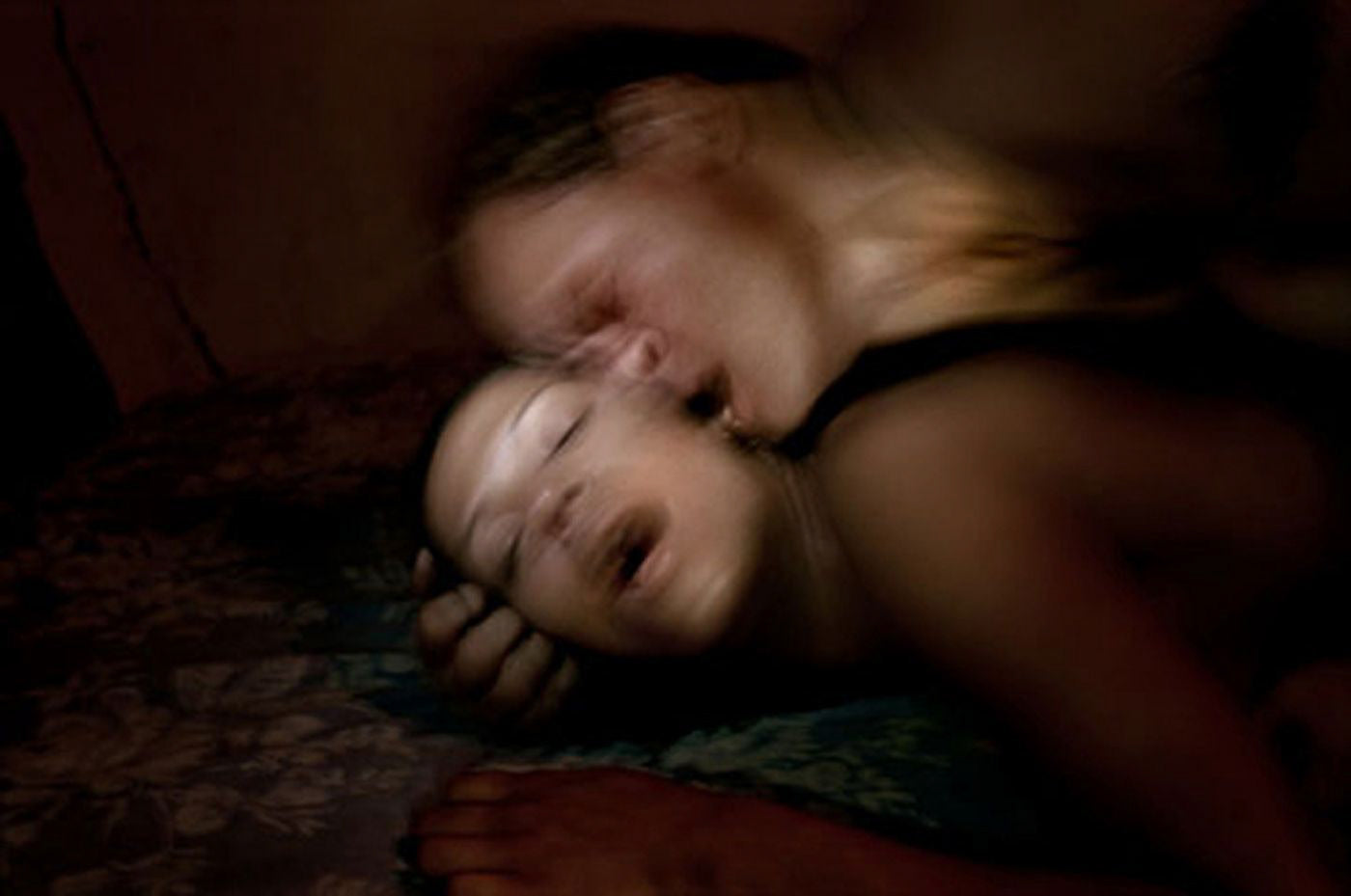
Antoine d'Agata
I. REVISIÓN TEÓRICA
Sesión I: Introducción: El cuerpo metafórico
Sesión II: Invención de la histeria
Sesión III: Invención del orgasmo
Sesión IV: Invención de la intimidad
Sesión V: Invención del cuerpo trans
Sesión VI: Invención del cadáver
Sesión VII: Invención del cuerpo desaparecido
Sesión VIII: Conclusiones
ii. parte práctica
Cada participante habrá de inventar un cuerpo durante la extensión del curso, con las herramientas visuales que escoja (dibujo, pintura, fotografía, video, performance). Cada cuerpo así inventado será sometido a la consideración crítica del grupo, en turnos sucesivos.
Sesión I: Planteamiento general y dinámica de trabajo
Sesión II: Presentación del proyecto de cada participante: 5’ c/u
Sesión III: Revisión de avances, primeros cinco: 15’ c/u
Sesión IV: Revisión de avances, segundos cinco: 15’ c/u
Sesión V: Revisión de avances, últimos cinco: 15’ c/u
Sesión VI: Presentación del cuerpo inventado, primeros cinco: 15’ c/u
Sesión VII: Presentación del cuerpo inventado, segundos cinco: 15’ c/u
Sesión VII: Presentación del cuerpo inventado, últimos cinco: 15’ c/u
fechas, requisitos y costos
Fechas: del 22 de septiembre al 10 de noviembre 2022
Horarios: Jueves, 17:00 a 20:00 horas
Cupo: 15 participantes
Informes en enlace@hydra.lat o llamando al 55568199872
Requisitos: Abierto al público. PAGO HASTA EL 20 DE SEPTIEMBRE
Requisitos COVID: Comprobante de vacunación. Durante el taller uso permanente de cubre bocas NK95 o KN93. Cada participante asumirá la responsabilidad de mantener las reglas de seguridad para evitar contagios. En caso de que durante el curso algún integrante se contagie de COVID deberá avisar enseguida a Hydra, y se tomarán las medidas pertinentes de seguridad: 1: Las clases podrán posponerse una a dos semanas, dependiendo de los contagios; 2. Hydra ofrece la opción de transmitir las clases en ZOOM (con las limitaciones de una transmisión en vivo de una clase presencial) solamente en caso ser imprescindible por contagios. Hydra no realizará devoluciones de los pagos en general, y en particular en caso de presentarse casos de COVID. Hydra se compromete a brindar las opciones anteriormente mencionadas.
FACILIDADES DE PAGO:
10% PAGO EN EFECTIVO
Pago en una exhibición: $6,000.00 hasta el 20 de septiembre
Pago en dos exhibiciones: un primer pago de $4,000.00 hasta el 20 de septiembre y un segundo pago de $3,000.00 el 29 de septiembre.
Pago en tres exhibiciones: un primer pago de $3,000,00 hasta el 20 septiembre, un segundo pago de $2,500.00 hasta el 29 de septiembre y un tercer pago de
$ 1700.00 hasta el 6 de octubre.
Formas de pago: pago en efectivo en Hydra, tarjetas de débito y crédito, o PayPal
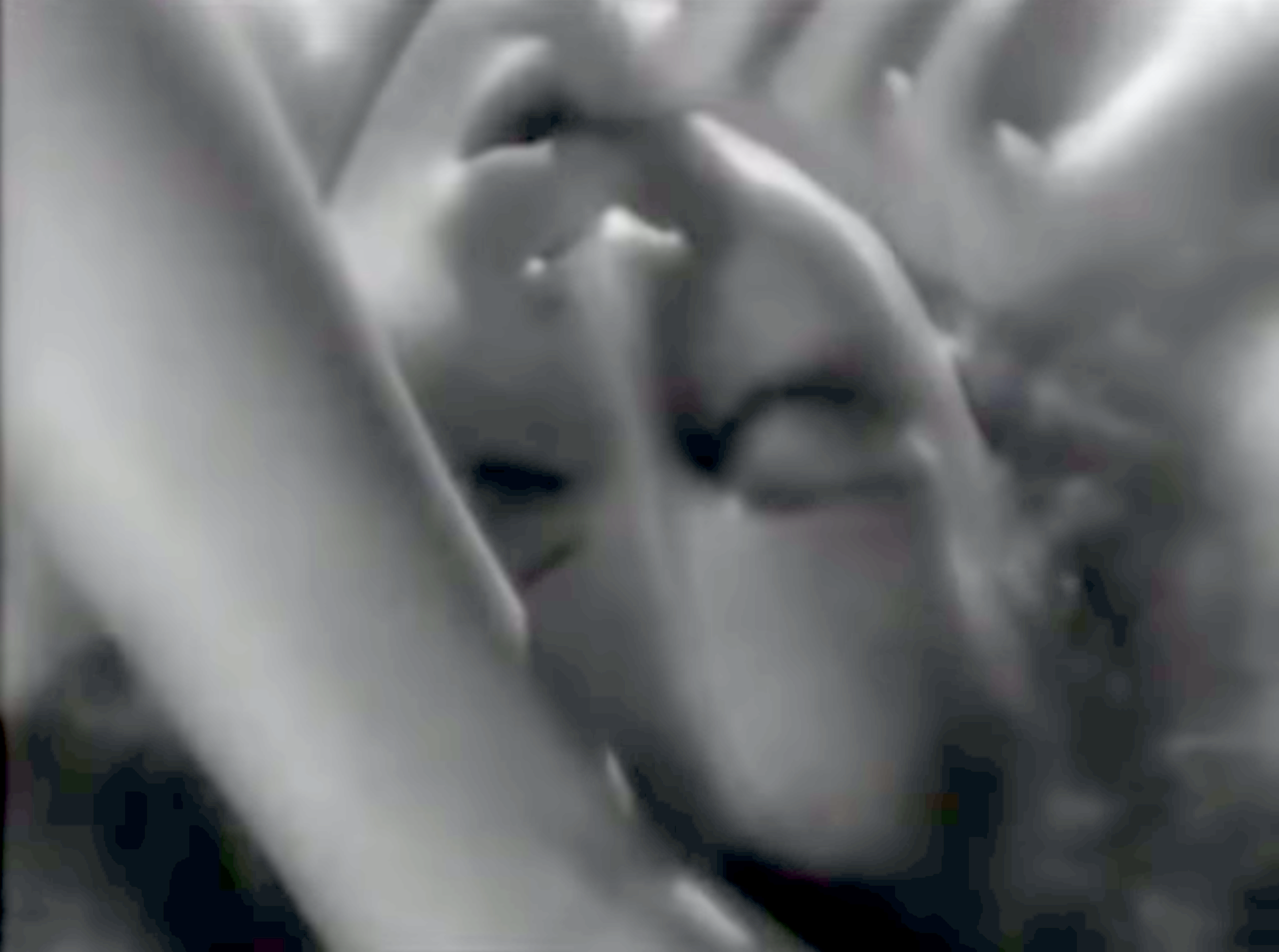
BIOGRAFÍAS
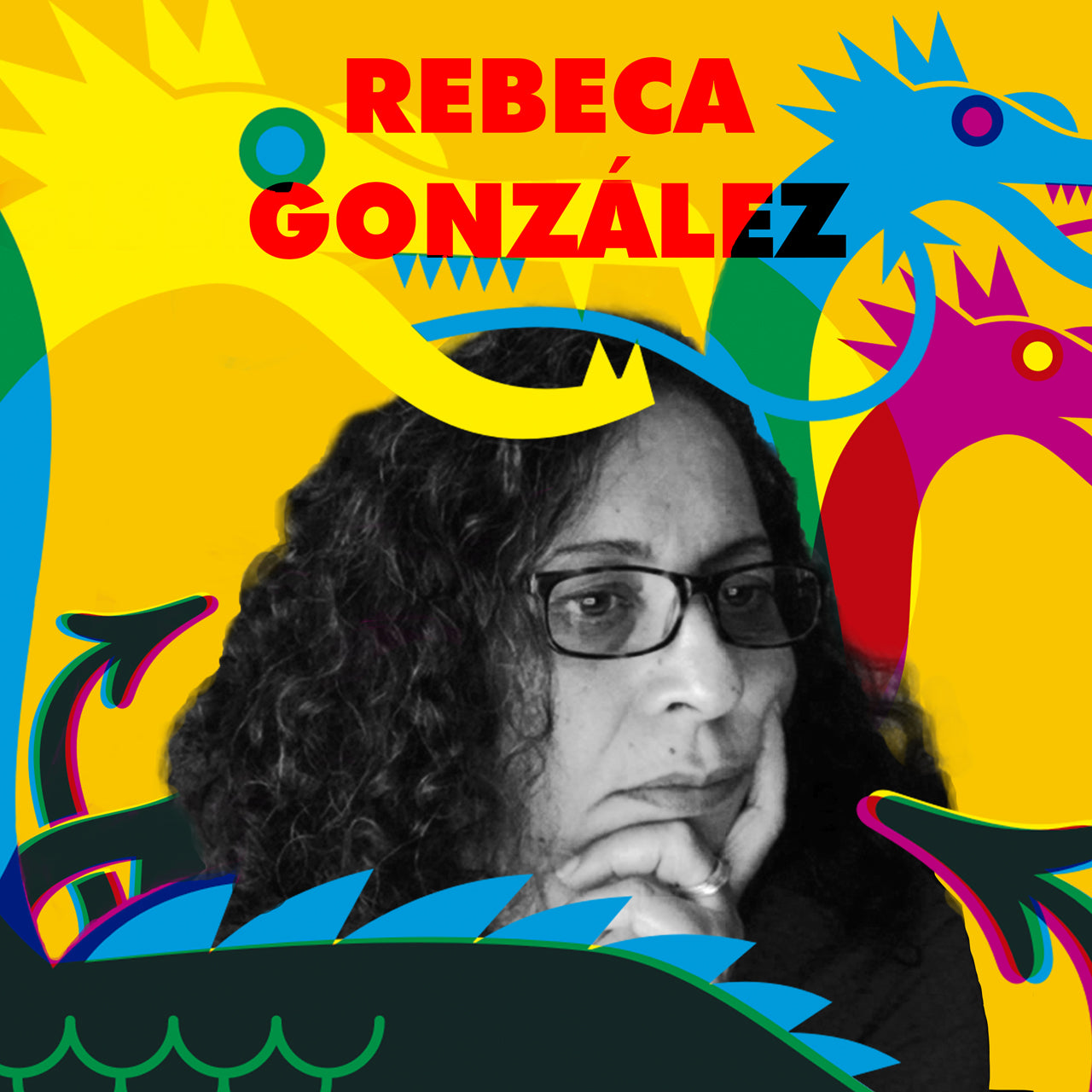
REBECA GONZÁLEZ
(MEXICO) Rebeca González Rudo es fisióloga, psicoanalista de orientación lacaniana y fotógrafa, lo que condiciona su abordaje interdisciplinario de la imagen. Ha presentado su obra en diversas exposiciones colectivas en la Ciudad de México y es autora del proyecto Desde dentro, taller de fotografía para niños indígenas. Participó, junto con Mauricio Ortiz, en la exposición Futbol, arte y pasión (noviembre de 2012 a febrero de 2013) del Museo de Arte Contemporáneo de Monterrey, con la serie «Los caprichos del balón».Su trabajo fotográfico se centra en el registro de las huellas y vestigios que va dejando el transcurrir de la vida en diferentes superficies de la experiencia, siendo el cuerpo y las imágenes que lo conforman uno de los aspectos nodales de su práctica.
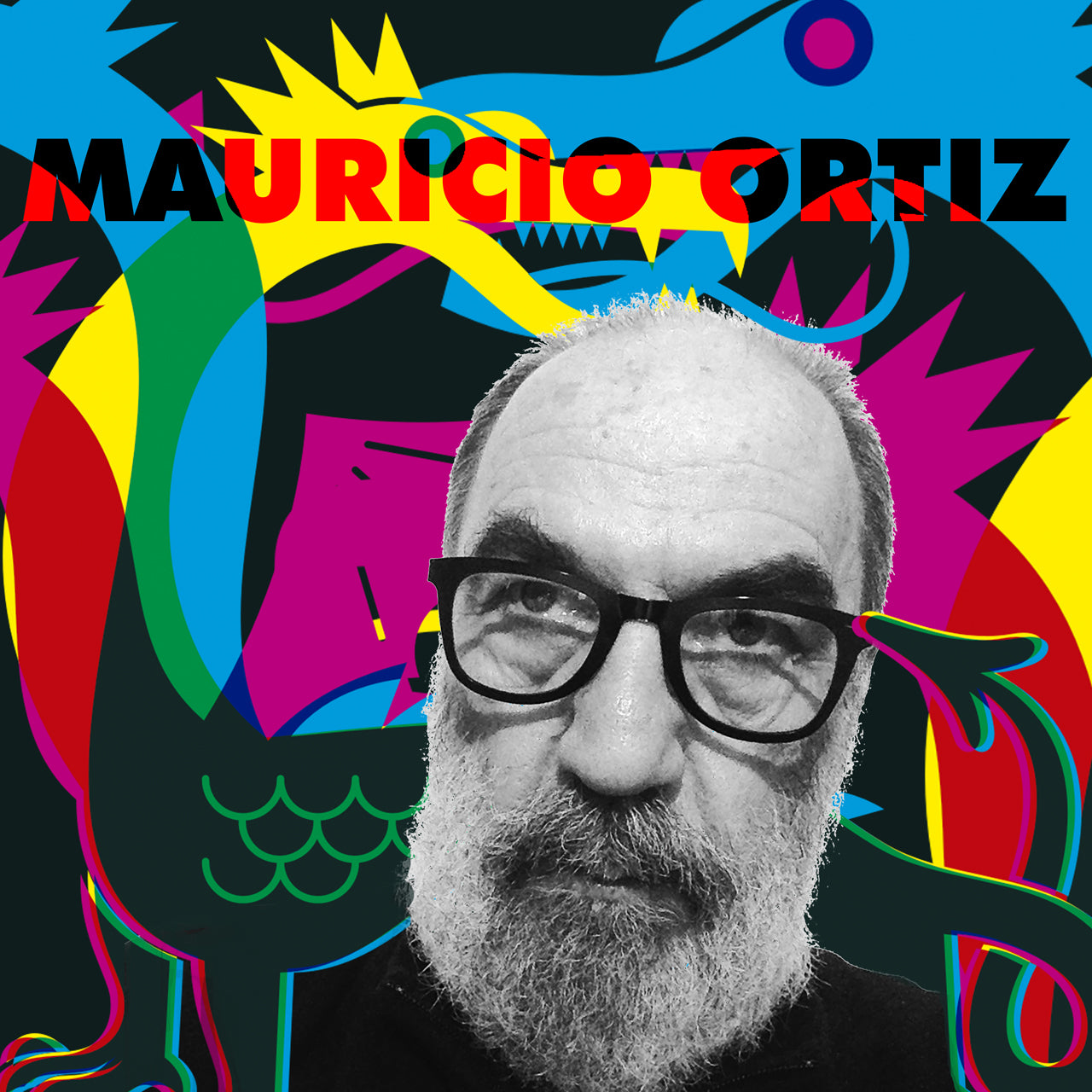
MAURICIO ORTIZ
(MÉXICO) Mauricio Ortiz es médico, fisiólogo, editor y escritor. Es autor, entre otros, del libro Del cuerpo (2ª edición, Tusquets, 2016), del capítulo «El cuerpo roto», del libro Frida Kahlo. Sus fotos (RM, 2010) y de una decena de artículos publicados en la revista Luna Córnea.
Ha sido maestro del Seminario de Fotografía Contemporánea del Centro de la Imagen (ediciones 2012 y 2013) y formó parte del grupo curatorial de la exposición Punto/Contrapunto, Fotografía Mexicana Contemporánea (2017), del Museo de Artes Fotográficas de San Diego, California SDMOPA. Miembro del Sistema Nacional de Creadores de Arte (generación 2012).
El cuerpo, la fotografía y su confluencia han sido temas centrales de su quehacer literario y su labor editorial.

